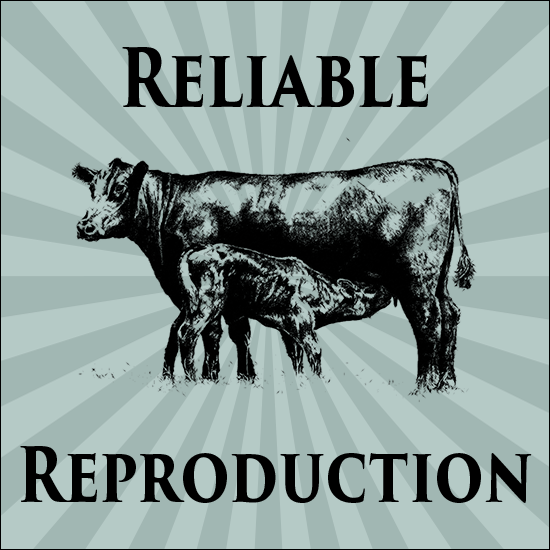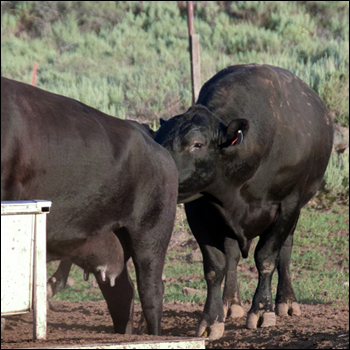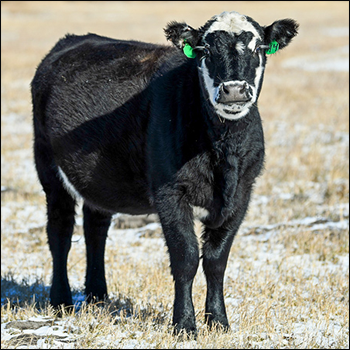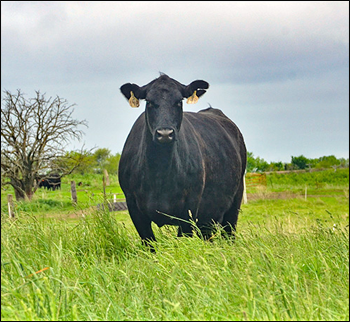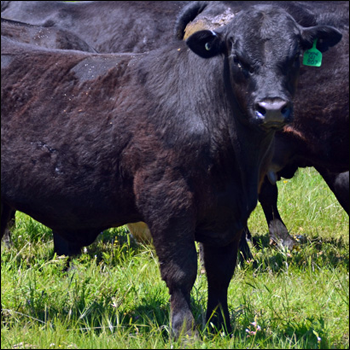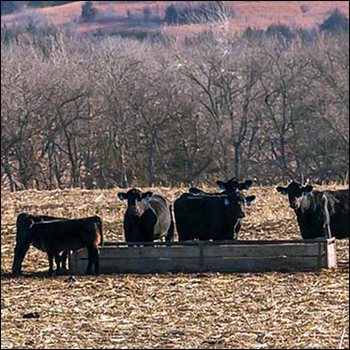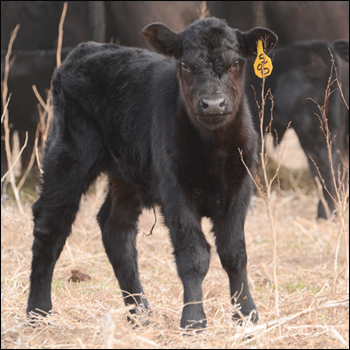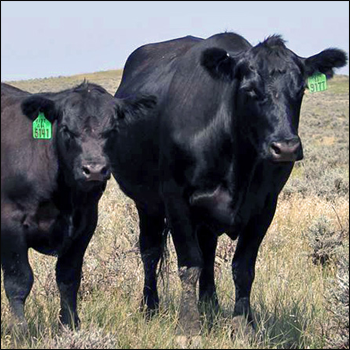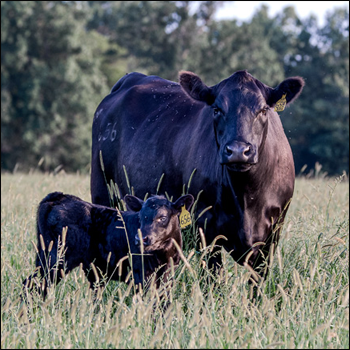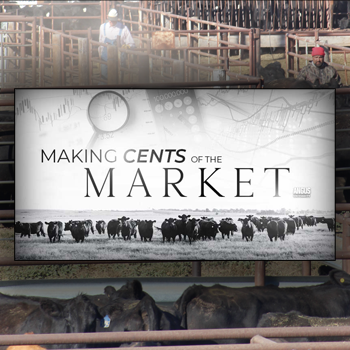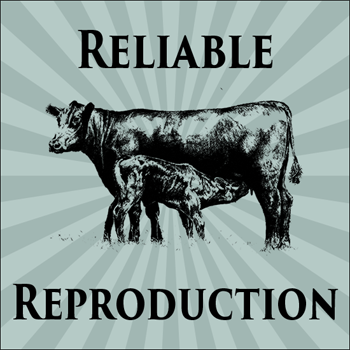
Association Perspective
Fertility opportunities.
When it comes to reproduction, so many factors can be challenges, but also opportunities if a person views them through the right lens. As we know, nutrition can play a major role in the success of a breeding season, and that right level of nutrition can be obtained multiple ways. Depending on your calving season(s), you will be able to use Mother Nature’s bounties in different ways.
Those who have fall-calving cows can rely on good summer forage to replenish their cow herd’s body condition score (BCS). The most taxing time of year for those cows — when they need a stockman’s assistance to get through — is the winter lactation period . Cows calving in early spring require the most assistance during early lactation, before most forage growth has occurred, and tend to be fairly self-sustaining during the heavy lactation period. The third opportunity that does not get used by as many producers is late spring.
Most tend to steer clear of this, likely due to tradition and the fact the calf crop doesn’t fit into traditional marketing scenarios, but this can be a great way to best utilize the natural forage growing season. The calves produced this time of year can be merchandized very successfully, fitting into low-supply times of the year for feeder-calf markets.
Additionally, this nontraditional calving season requires basically no calving facilities and provides an opportunity to create a calving environment that has a naturally reduced bacterial and viral population.
When quality forage is not readily available, another sometimes overlooked tool to help with cows’ nutrition is the use of grains to supplement calorie intake. Although it seems human nature to avoid the use of grains in cow-calf production systems, there are many grains that can be fed to help offset the lack of energy in short pastures or low-quality hay.
Admittedly, the up-front cost of grain is not a financial burden cow-calf producers want to take on, but in certain circumstances it is the most viable option. When feeding grains, it is important to consider the energy density compared to hay — especially when purchasing hay — and the fact that the percentage of waste is considerably less compared to feeding hay.
It is impossible to argue with the notion BCS is an important piece of the fertility equation. Perhaps the most important thing to remember is that the best time to evaluate your cow herd is at weaning. It is best to make nutritional adjustments then for the simple fact that it is easiest to add body condition to a dry cow.
Herd health is of the utmost importance when it comes to fertility on a set of cows. This is an area where there is no room for error as decisions made one day will affect your calf crop several months to more than a year later. This area of discussion is an extremely in-depth area that has had an unmeasurable amount of research hours and dollars spent developing vaccines, protocols and treatments for occurring issues.
Working with your veterinarian to establish an annual vaccination and mineral protocol for your herd will eliminate many bumps in your herd’s reproductive road. Having an open line of communication with your veterinarian throughout the year will help them make any adjustments they feel necessary and will continually fine-tune the needs of your program.
Finally, genetics certainly play a role in a successful breeding season. Even though most reproductive traits are lowly heritable, producers can still make genetic progress.
Traits like heifer pregnancy (the probability of a sire’s daughters to get pregnant as virgin heifers) can be useful to improve breeding outcomes over time. Economic selection indexes, or profit indexes, have been designed to target profitability of commercial cow-calf operations. Maternal weaned calf value ($M) targets the commercial breeding objective, which includes raising replacement females — replacing 20% of the herd each year and selling the rest of the males and cull females as feeder calves. Traits from heifer pregnancy to mature cow size are included in this profit function. These types of tools are useful to target bulls that will make productive females to keep throughout the years.
Editor’s note: Regional Manager Adam Conover covers Region 5, including the states of Iowa and Missouri. Click here to find the regional manager for your state.

Angus Proud
In this Angus Proud series, Editorial Intern Jessica Wesson provides insights into how producers across the country use Angus genetics in their respective environments.
 Angus Proud: Scott Sproul
Angus Proud: Scott Sproul
Oklahoma operation learned wisdom of moving calving season to better suit their marketing needs.
 Angus Proud: Bubba Crosby
Angus Proud: Bubba Crosby
Fall-calving Georgia herd uses quality and co-ops to market calves.
 Angus Proud: Jim Moore
Angus Proud: Jim Moore
Arkansas operation retains ownership through feeding and values carcass data.
 Angus Proud: Les Shaw
Angus Proud: Les Shaw
South Dakota operation manages winter with preparation and bull selection.
 Angus Proud: Jeremy Stevens
Angus Proud: Jeremy Stevens
Nebraska operation is self-sufficient for feedstuffs despite sandy soil.
 Angus Proud: Dave Rutan
Angus Proud: Dave Rutan
Angus breeder gets the most out of his bull investment by partnering with opposite calving-season operation.
